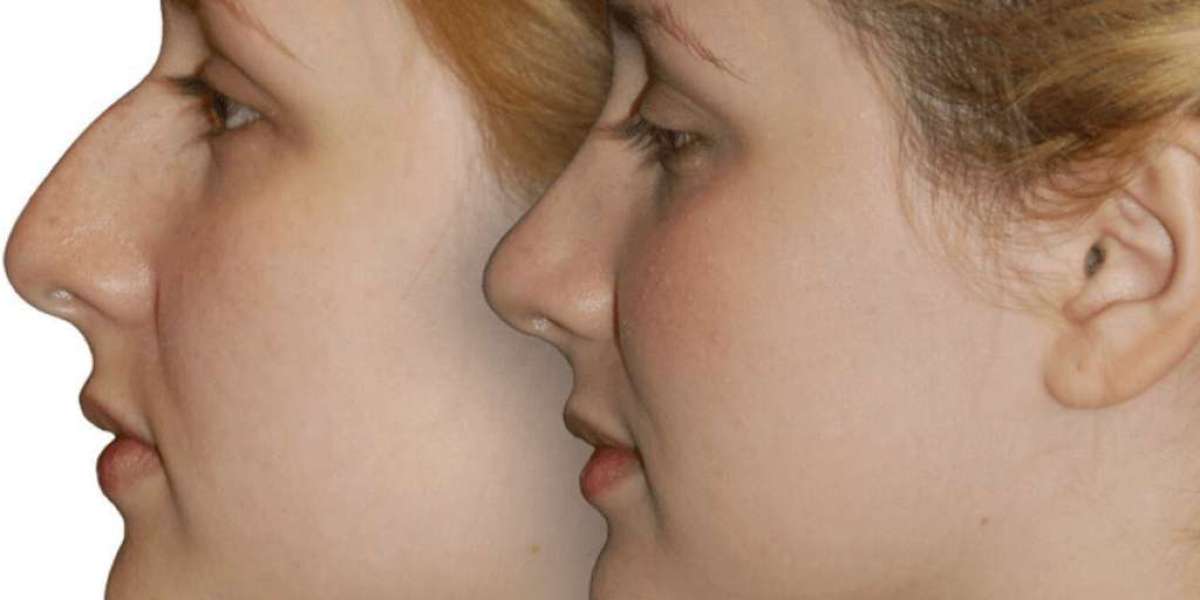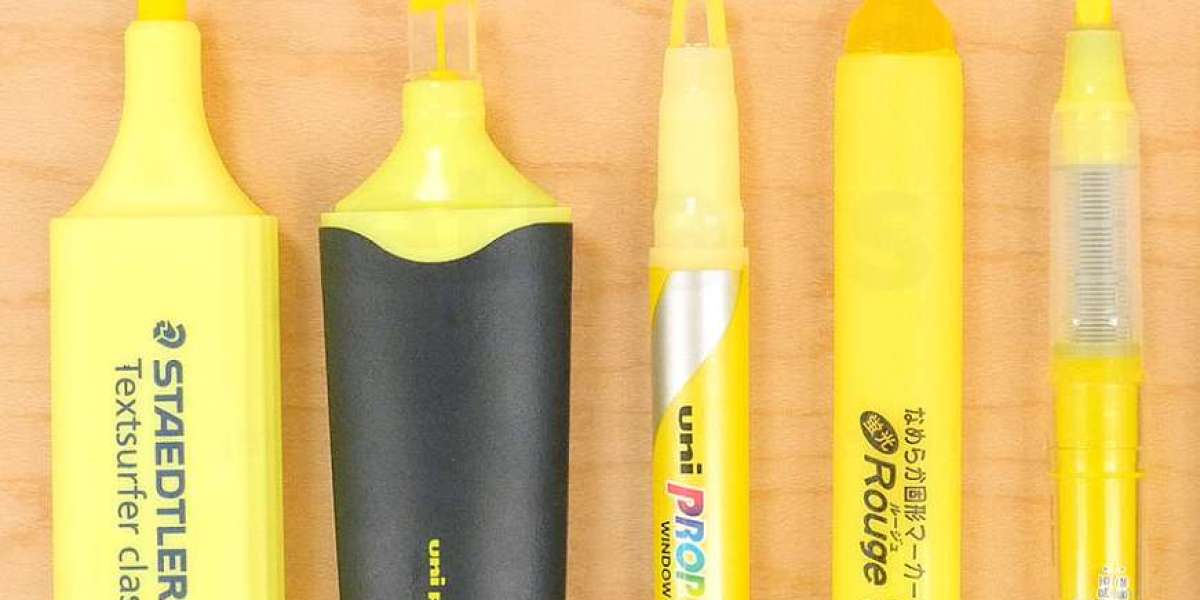What Are Nasal Turbinates?
Nasal turbinates are small bony structures inside the nose covered with soft tissue and mucous membranes. They are arranged on both sides of the nasal passage and play a vital role in:
Filtering air to trap dust, allergens, and pollutants.
Humidifying and warming the air before it reaches the lungs.
Regulating airflow for comfortable breathing.
There are three main sets of turbinates—superior, middle, and inferior. When functioning properly, they help maintain clear and healthy nasal passages. However, when turbinates become swollen or enlarged, airflow is restricted, leading to nasal obstruction and related symptoms.
Symptoms of Turbinate Problems
People with enlarged or inflamed turbinates often experience symptoms similar to chronic sinus or allergy issues. Common signs include:
Persistent nasal congestion or blockage
Difficulty breathing through the nose
Frequent sinus infections or sinus pressure
Snoring or sleep disturbances
Reduced sense of smell
Post-nasal drip
Since these symptoms overlap with other nasal conditions, such as a deviated septum or chronic sinusitis, a thorough examination by an ear, nose, and throat (ENT) specialist in Los Angeles is essential for accurate diagnosis.
Causes of Enlarged Nasal Turbinates
Turbinate issues can be temporary or chronic, depending on the underlying cause. Some of the most common reasons include:
Allergies: Seasonal or year-round allergies can trigger swelling of the mucous lining in the turbinates.
Infections: Chronic sinus or respiratory infections cause inflammation and nasal blockage.
Structural issues: Some individuals naturally have larger turbinates or may develop swelling due to a deviated septum.
Environmental factors: Air pollution, dust, and dry air can irritate nasal passages, especially in urban areas like Los Angeles.
Chronic rhinitis: Non-allergic rhinitis can cause ongoing swelling and congestion.
Diagnosing Turbinate Problems
If nasal obstruction persists despite standard allergy or sinus treatments, an ENT doctor may recommend advanced diagnostic tests. These include:
Nasal endoscopy: A small camera inserted into the nose provides a clear view of the turbinates.
CT scans: Imaging helps identify structural problems such as sinus blockage or a deviated septum.
Allergy testing: To determine if allergic reactions are contributing to turbinate swelling.
Treatment Options for Nasal Turbinates in Los Angeles
Treatment depends on the severity of symptoms and the root cause of turbinate enlargement. Options include both non-surgical and surgical methods.
1. Non-Surgical Treatments
Medications: Nasal steroid sprays, antihistamines, or decongestants can reduce inflammation.
Allergy management: Identifying and avoiding triggers or undergoing allergy therapy can provide long-term relief.
Saline rinses: Keeping nasal passages moist helps flush out irritants and reduce swelling.
These treatments are often the first line of care and may be sufficient for mild cases.
2. Minimally Invasive Procedures
When symptoms persist, procedures like radiofrequency turbinate reduction or cauterization may be performed. These techniques shrink the turbinate tissue without removing it, helping restore proper airflow.
3. Surgical Treatment – Endoscopic Sinus Surgery Los Angeles
For patients with severe or chronic turbinate problems, surgery may be the most effective solution. Many specialists recommend endoscopic sinus surgery Los Angeles residents can access for safe and advanced care. This procedure uses a small endoscope inserted through the nostrils, allowing surgeons to:
Reshape or reduce the size of the turbinates
Remove obstructions blocking airflow
Treat sinus drainage problems
Correct structural issues contributing to chronic sinusitis
Because the procedure is minimally invasive, recovery is often quicker compared to traditional surgery, with less pain and downtime. Patients typically notice significant improvement in their ability to breathe, reduced sinus infections, and better sleep.
Living with Healthy Nasal Turbinates
After treatment, whether medical or surgical, maintaining nasal health is essential. Lifestyle tips include:
Using air purifiers at home to reduce allergens and pollutants
Staying hydrated to keep nasal passages moist
Avoiding smoking or exposure to secondhand smoke
Following a consistent allergy management plan if needed
Regular follow-up visits with an ENT for long-term monitoring
Conclusion
Nasal turbinates may be small structures, but their impact on breathing and sinus health is significant. When they become enlarged or inflamed, symptoms like congestion, sinus infections, and sleep disturbances can greatly affect daily life. Fortunately, residents seeking relief have access to leading ENT specialists and advanced procedures such as endoscopic sinus surgery Los Angeles patients trust for effective results. By addressing the underlying cause and choosing the right treatment approach, individuals can restore clear breathing and improve their overall quality of life.














